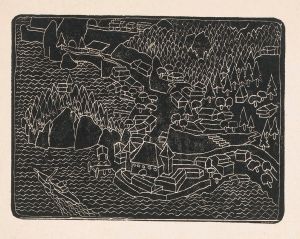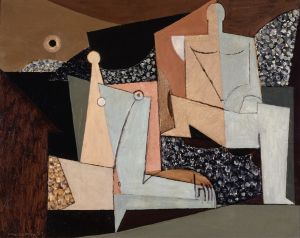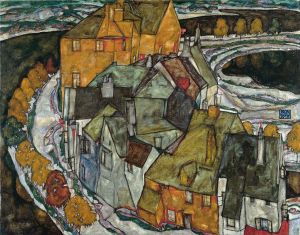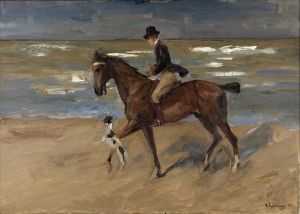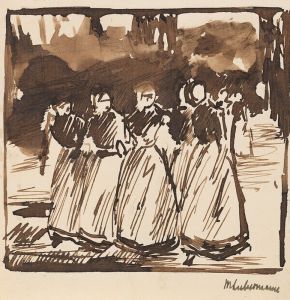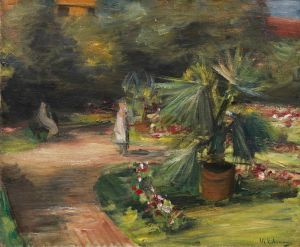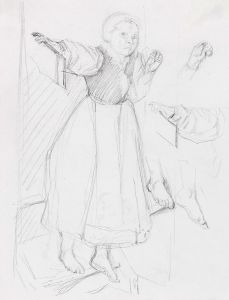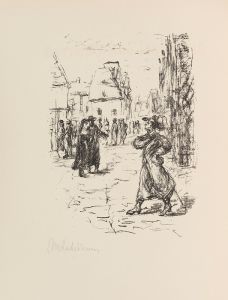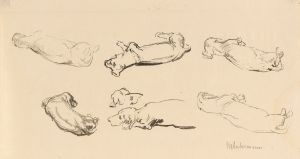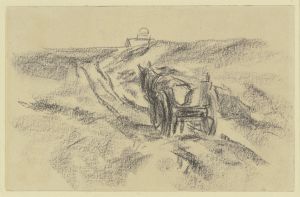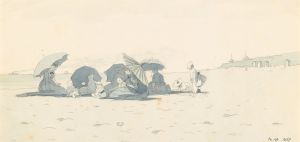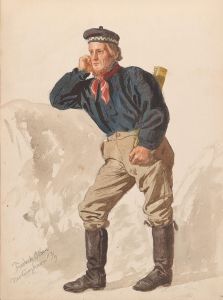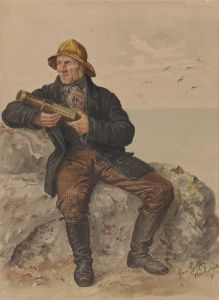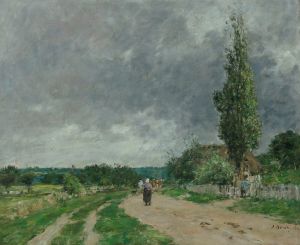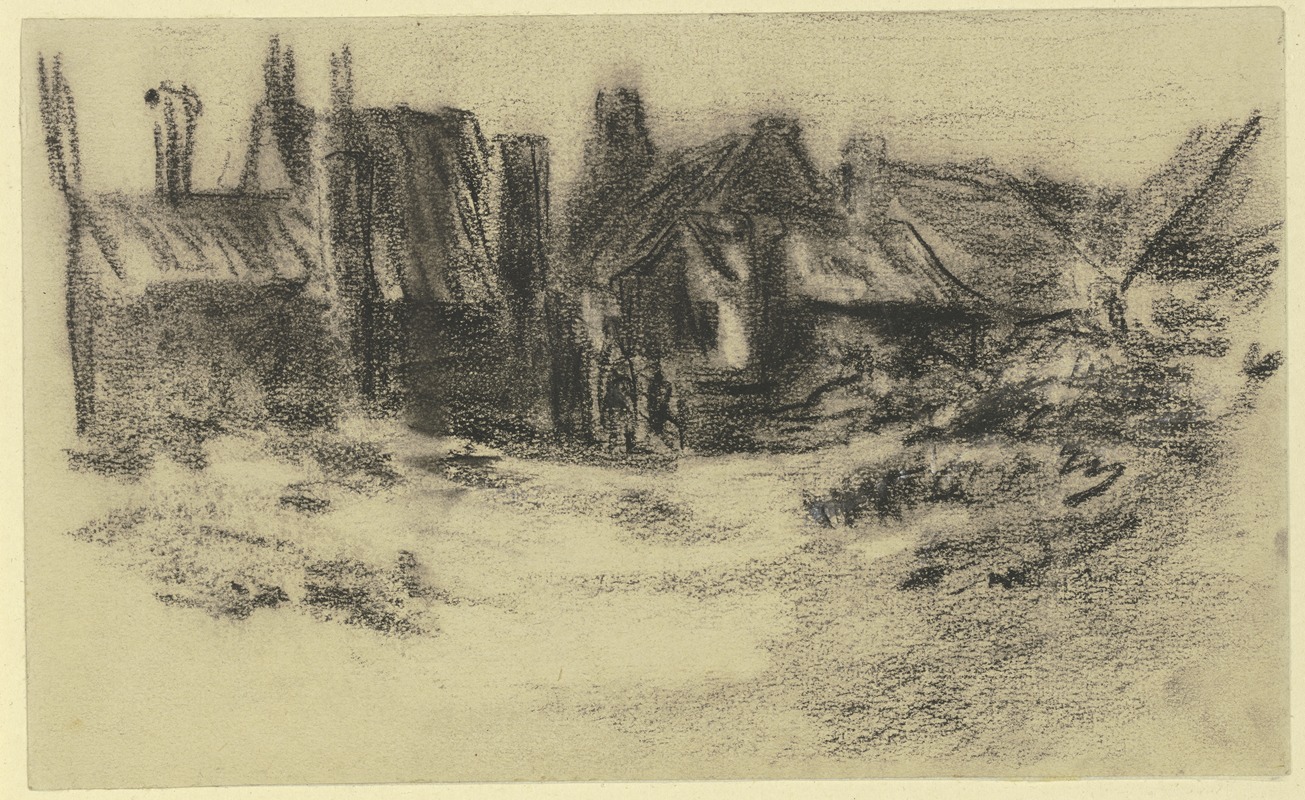
Houses in a fishing village
A hand-painted replica of Max Liebermann’s masterpiece Houses in a fishing village, meticulously crafted by professional artists to capture the true essence of the original. Each piece is created with museum-quality canvas and rare mineral pigments, carefully painted by experienced artists with delicate brushstrokes and rich, layered colors to perfectly recreate the texture of the original artwork. Unlike machine-printed reproductions, this hand-painted version brings the painting to life, infused with the artist’s emotions and skill in every stroke. Whether for personal collection or home decoration, it instantly elevates the artistic atmosphere of any space.
Max Liebermann was a prominent German painter and printmaker, associated with the Impressionist movement. He was one of the leading figures in the Berlin Secession, an art movement that sought to break away from the traditional academic standards of the time. Liebermann's work often depicted scenes of everyday life, capturing the essence of the people and places he observed with a keen eye for detail and a subtle use of color and light.
"Houses in a Fishing Village" is one of Liebermann's works that exemplifies his interest in capturing the simplicity and beauty of rural life. Although specific details about this particular painting are scarce, it is consistent with Liebermann's broader body of work, which frequently explored themes of leisure, labor, and the natural environment.
Liebermann's paintings often reflect his travels and experiences in various parts of Europe. He was particularly inspired by the landscapes and people of the Netherlands, where he spent considerable time. The Dutch influence is evident in many of his works, including those depicting fishing villages, which were a common subject for artists interested in the interplay between human activity and nature.
In "Houses in a Fishing Village," Liebermann likely employs his characteristic loose brushwork and a palette that captures the muted, natural tones of the coastal environment. His ability to convey atmosphere and mood through his depiction of light and shadow is a hallmark of his style. The painting would typically feature humble dwellings, possibly with figures engaged in daily activities, set against the backdrop of a serene, maritime landscape.
Liebermann's approach to painting was informed by his belief in the importance of direct observation and the depiction of contemporary life. He was influenced by the Realist movement and artists such as Gustave Courbet and Jean-François Millet, who emphasized the portrayal of ordinary people and their environments. This focus on realism, combined with the Impressionist interest in light and color, allowed Liebermann to create works that were both true to life and artistically innovative.
Throughout his career, Liebermann faced both acclaim and criticism. His work was celebrated for its technical skill and emotional depth, yet he also encountered resistance from those who favored more traditional, academic art forms. Despite this, Liebermann remained a central figure in the art world, contributing significantly to the development of modern art in Germany.
In summary, while specific information about "Houses in a Fishing Village" is limited, it can be understood within the context of Max Liebermann's broader oeuvre. The painting likely reflects his interest in everyday scenes, his skillful use of light and color, and his commitment to capturing the essence of the world around him. Liebermann's work continues to be appreciated for its ability to convey the beauty and complexity of ordinary life, making him a pivotal figure in the history of art.





